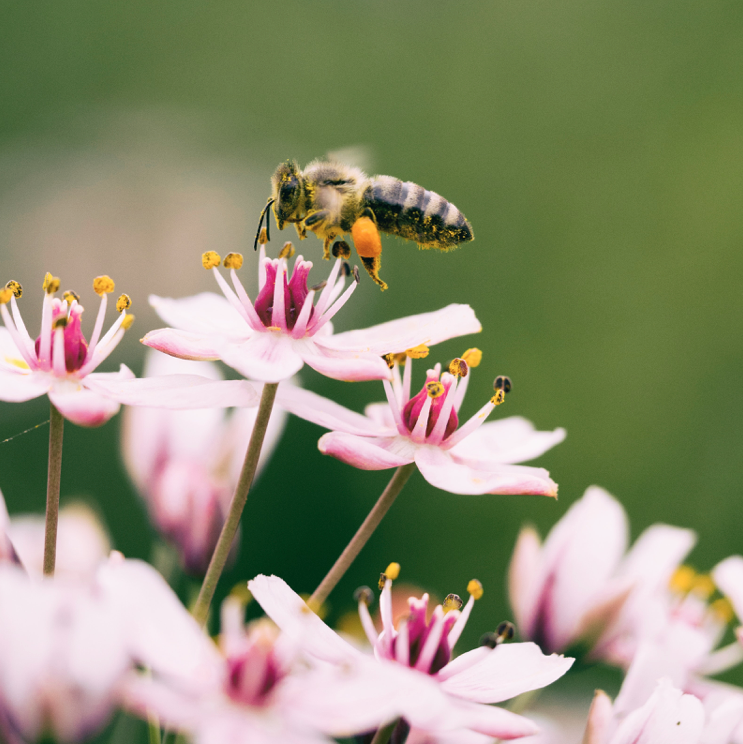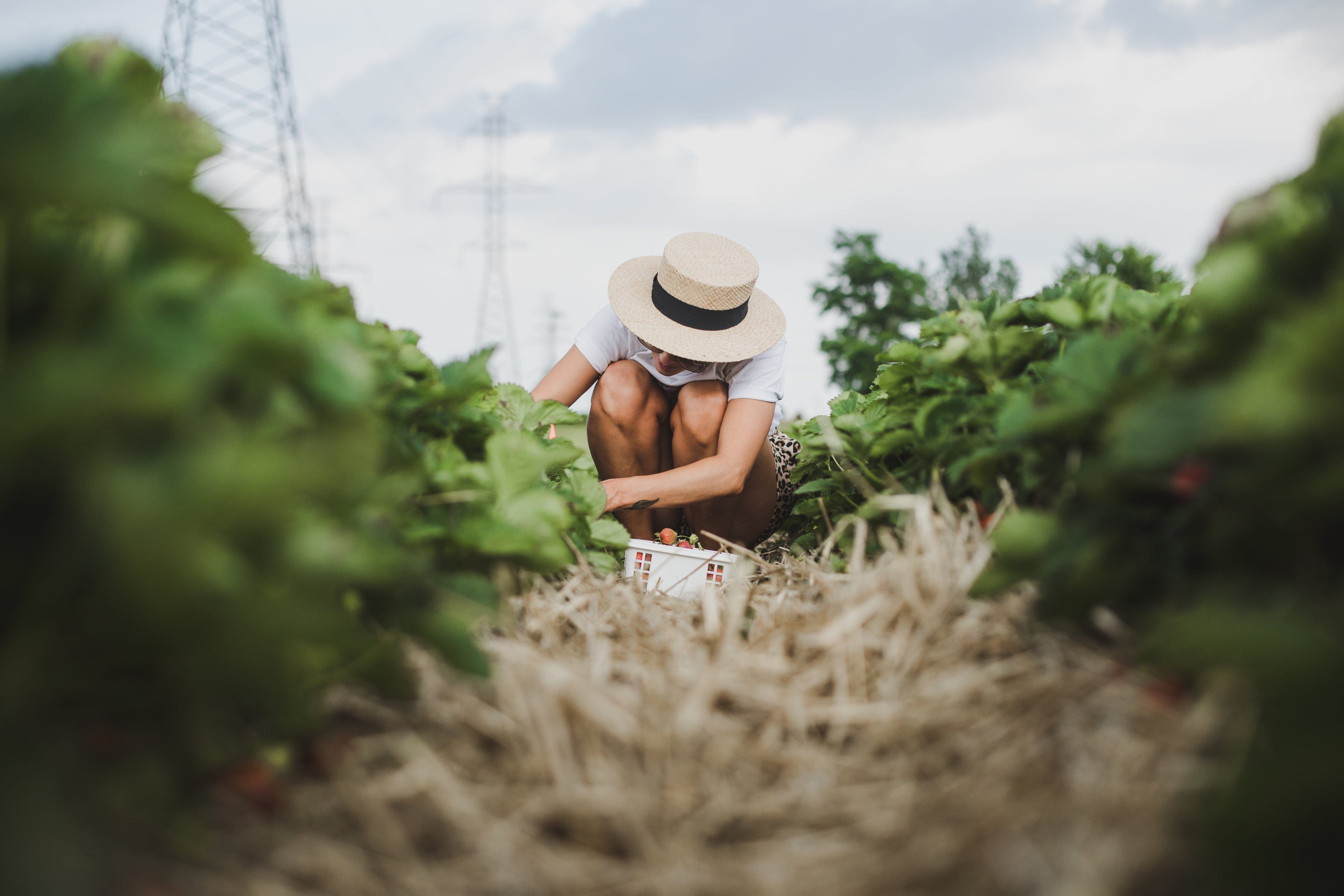
How to plant a shade container

It is not at all impossible to grow a beautifully lush garden in the shade, you just need to know what you are doing, and, more importantly you need to know what kind of plants to grow. And one of the greatest things about growing a container garden in the shade is that it is going to give you the opportunity to work with some unique plants, while allowing you to let your creativity run wild!
Having to work with some shade is an inevitable part of gardening. It could be shade from nearby trees, or from a balcony or veranda roof, but regardless of the source, it is something you will need to adapt to, if you wish to make full use of your gardening space.
Shaded areas don’t have to be devoid of plant life, they don’t have to become sandy or empty, barren spaces. When you have discovered which plants thrive in the shade, and are easy to grow, you can soon transform the shaded area into something beautiful.
Shade can create contrasts in your lighting, and it can contribute to the look you are trying to achieve. You could opt for a shady forested feel or you could add a touch of colour, by using plants that flower even in the limited light.
Types of Shade Loving Plants for Pots
Containers, or pots, are quite popular garden accessories and they look as stunning in the garden as they do on a balcony. With pots, you don’t need loads of space in order to create a garden to be proud of.
While most plants will grow quite well in a pot, what you really need to know, right now, to get your container garden growing in the shade, is which plants are best.
When selecting your plants, think about a forest or a similar kind of cool, shaded area, and think about plants with big, beautiful green leaves, and plants with thick stems. These are the types that will generally grow well in places where light is minimal.
For those just getting started with a shaded container garden, you should ideally plant things like ferns, woodland plants, and hosta plants, which are sometimes referred to as plantain lilies. These plants love the shade and won’t die without the light.

Begonias, fuchsias, and impatiens also enjoy shade, and they will give you the most colourful blooms. You can also add lilies into the mix. So long as they have water and space to grow, lilies of all kinds tend to do really well in low light.

Bamboo is also an interesting addition, and it probably wouldn’t be a first thought, given the fact that we tend to envision bamboo growing into fantastically huge plants. When placed in a pot though, the bamboo won’t go wild, but they are still capable of growing into a thick wall, making them an ideal space divider if you are looking to create some privacy.

You can also consider growing a Japanese Maple tree. These plants are quite extraordinary because not only do they do well in shady areas, but they can be easily kept as a bonsai.
Tips for Growing a Shaded Garden
Whether your container garden is going to be on a veranda or balcony, or if you choose to add containers to your property’s garden, when you start planting, you could always do with following a few easy tips that will not only enhance the experience but will also help you make a success of your garden right from the get go.
When maintaining a healthy garden another important thing to learn about is watering your potted plants, Click here for some tips.
- Assess the area
You need to have some understanding of the shade you will be working with, before you start. This is important because it will help you determine where it will be best to place your plants. Throughout the year, light moves. You already know this, but you need to make sure that you observe the light, so that you know when the plant will have more light and when it won’t.
The different types of shade you could be dealing with include:
- Light shade (no direct light but out in the open, under the sky)
- Semi-shade (3 to 6 hours of direct light in summer)
- Dappled shade (sunlight diffused through trees and shrubs)
- Moderate shade (2 or 3 hours of sunlight in midsummer)
- Deep shade (less than 2 hours of sunlight through dense trees)
1. Soil
Any type of gardening will require the right kind of soil, regardless of where the plants will be growing. The soils ability to either drain or retain moisture is of utmost importance. Shaded gardens tend to lack soil moisture, since the rain is often prevented from reaching the ground, and so the plants will often have shallow roots.
But the opposite can be true if your soil is majority clay. In instances where you are dealing with clay, good drainage is important to prevent the plants from drowning. You can create drainage by placing organic materials beneath your soil, like rocks or other organic matter.
2. The right place
Since some plants just need more light than others, you need to carefully think through your plant placement. The kind of plants that won’t do well in the shade, will grow long and tall in an attempt to reach sunlight. These you can move to a better position, perhaps a spot where it can get more sun.
The safe way to approach this tip though is to stick to the plants that are listed above, those which are adapted to living in shade.
3. Don’t forget the evergreens
Plants with lush foliage and large leaves, particularly evergreens, do very well in the shade and in rather dark, shaded areas. You can consider using ivy and liriope. Evergreens will also make quite fantastic fillers, if you are looking to close in the gaps between your plants. One thing to keep in mind though, is that not all evergreens can be grown in a pot.

4. Grow indigenous
Shaded indigenous plants such as clivias (or bush lilies), hen and chickens, wild iris, forest bell bush, and arum lilies, all grow well in the shade and will require minimal water and minimal attention. They also happen to grow quite well in pots!

Interested in reading more, click on the below:
Your garden may be shady but don't let it be shabby, let The Pot Shack get you going.




1 comment
Very informative
Bongi Twala
Leave a comment
This site is protected by hCaptcha and the hCaptcha Privacy Policy and Terms of Service apply.